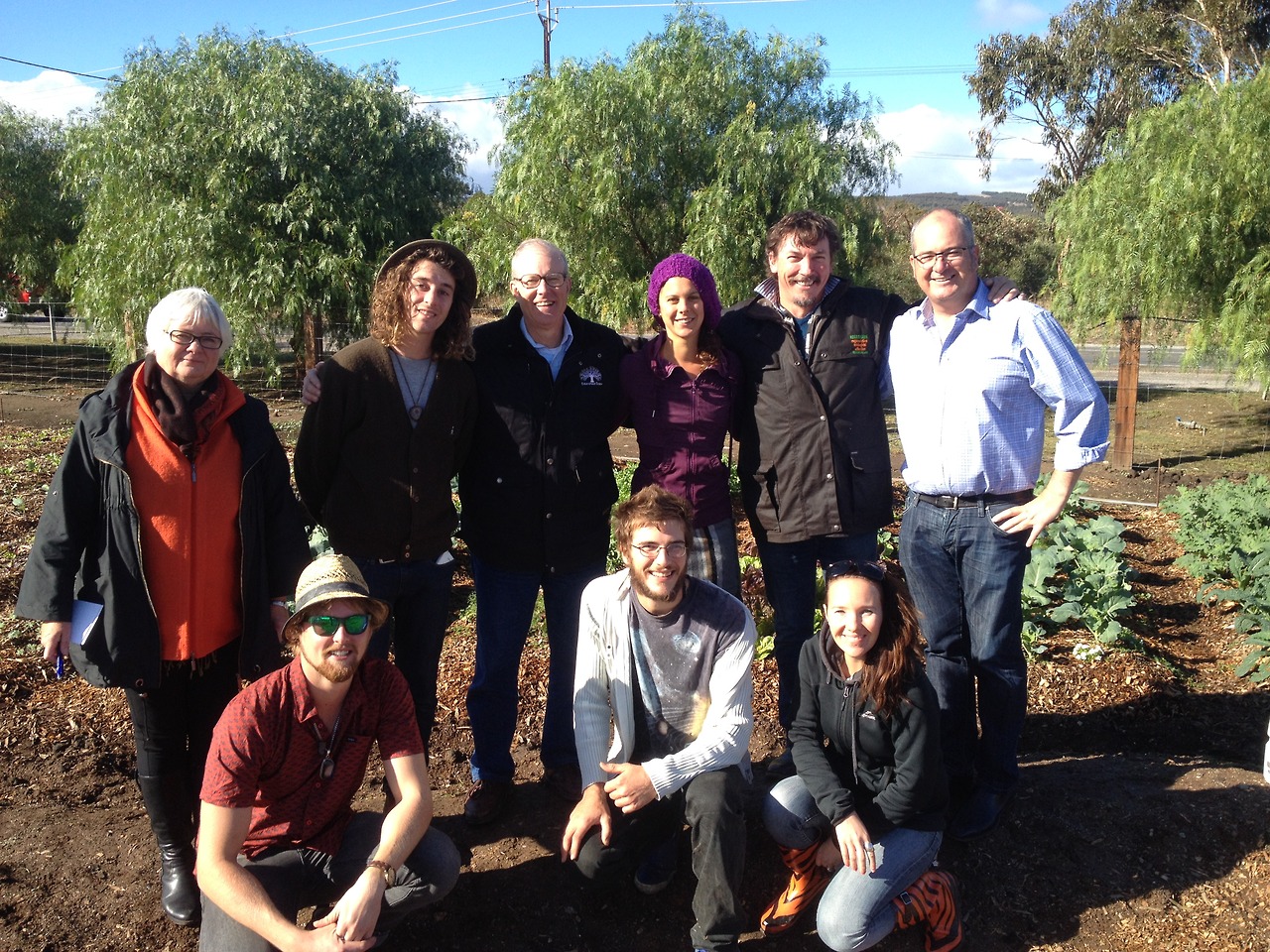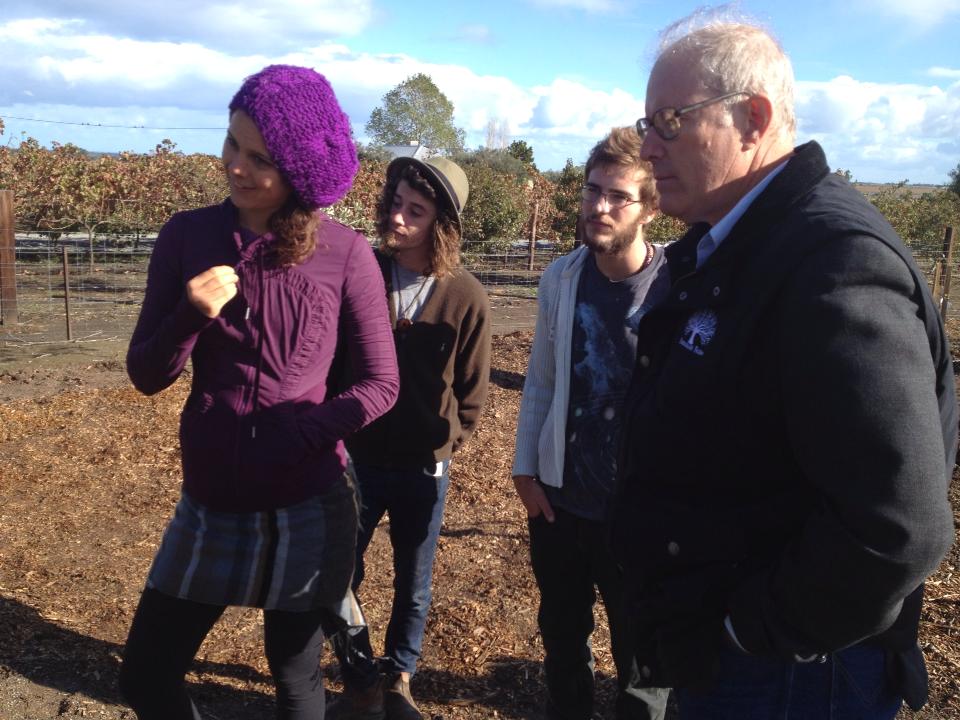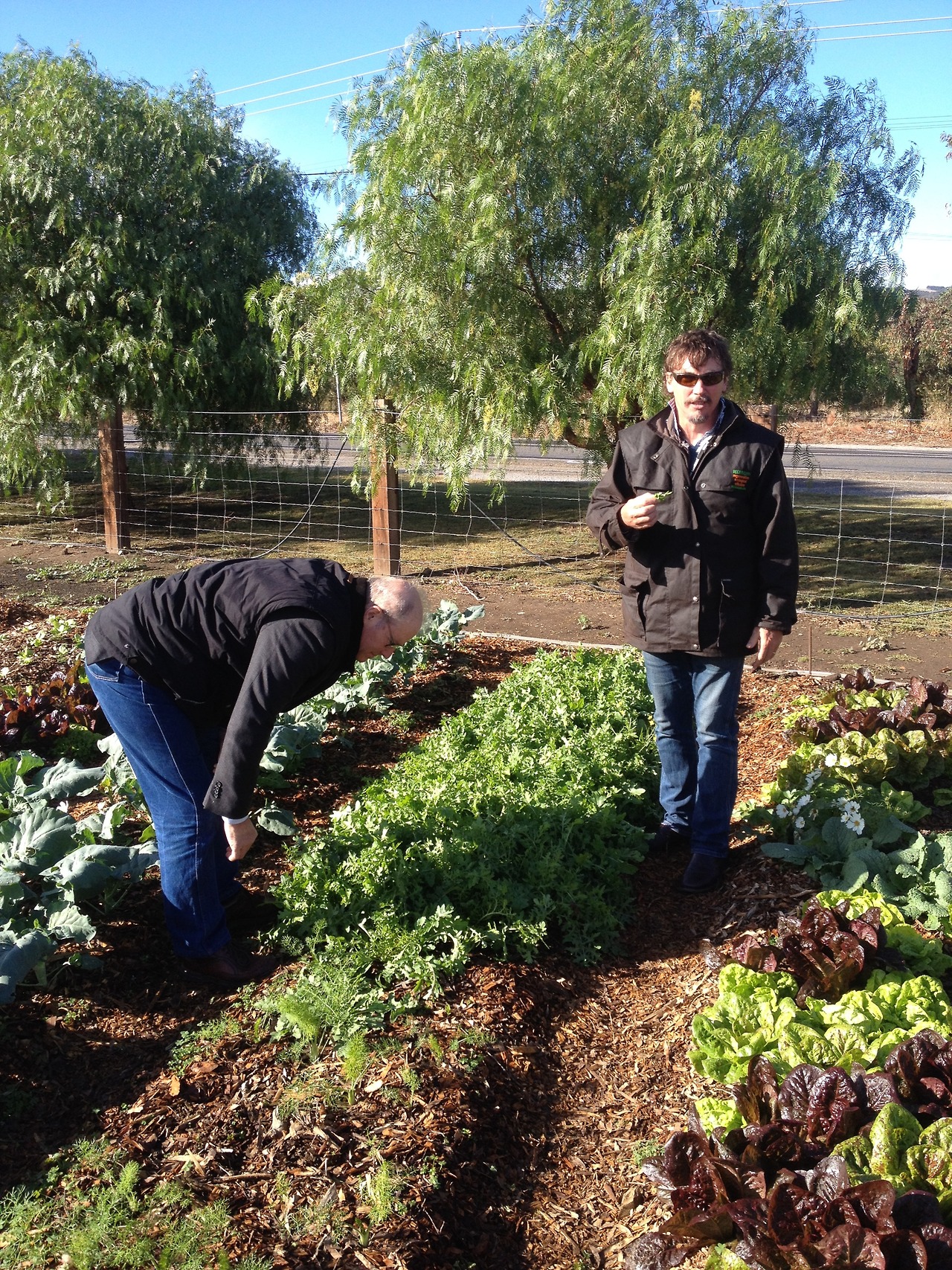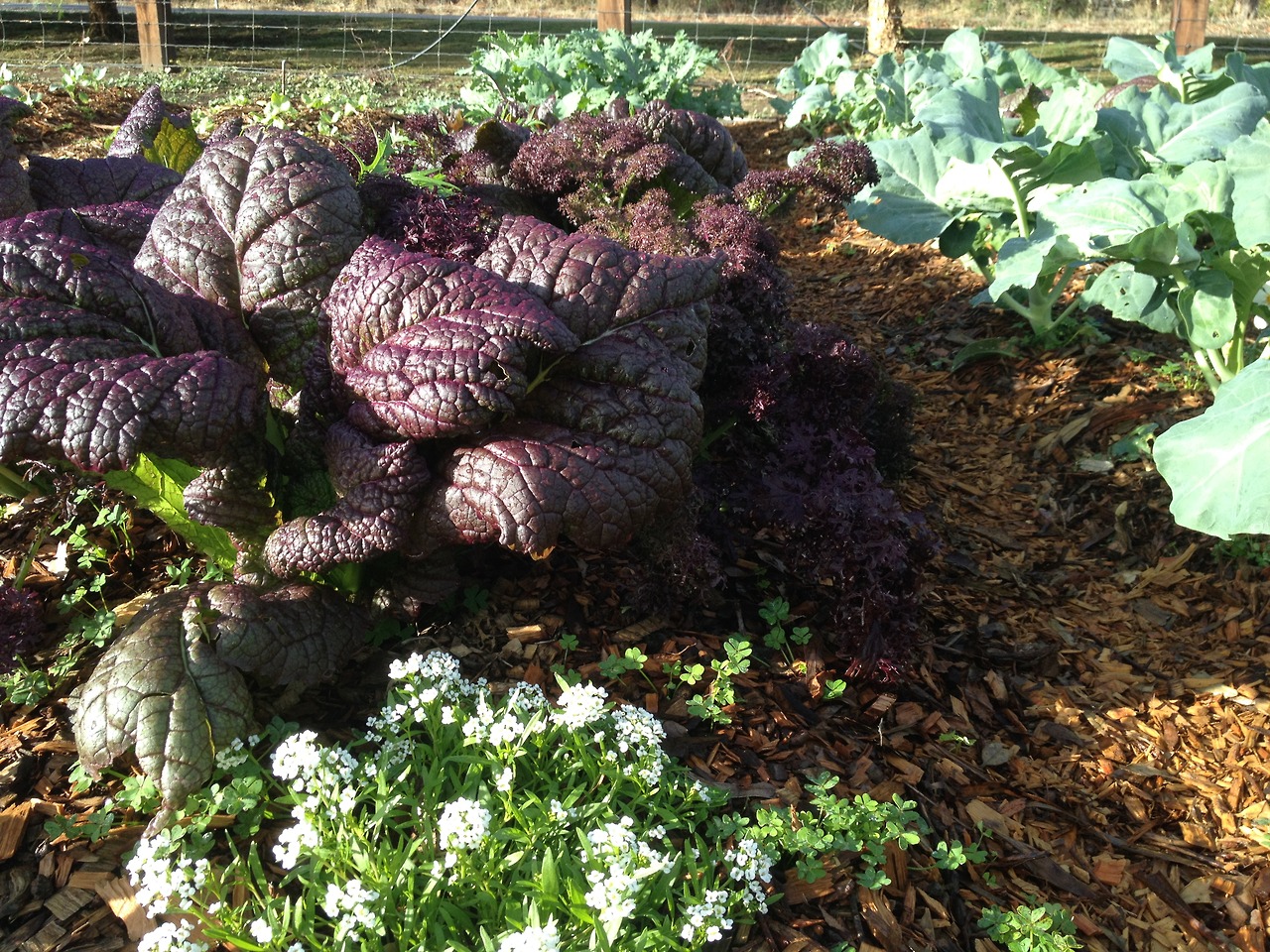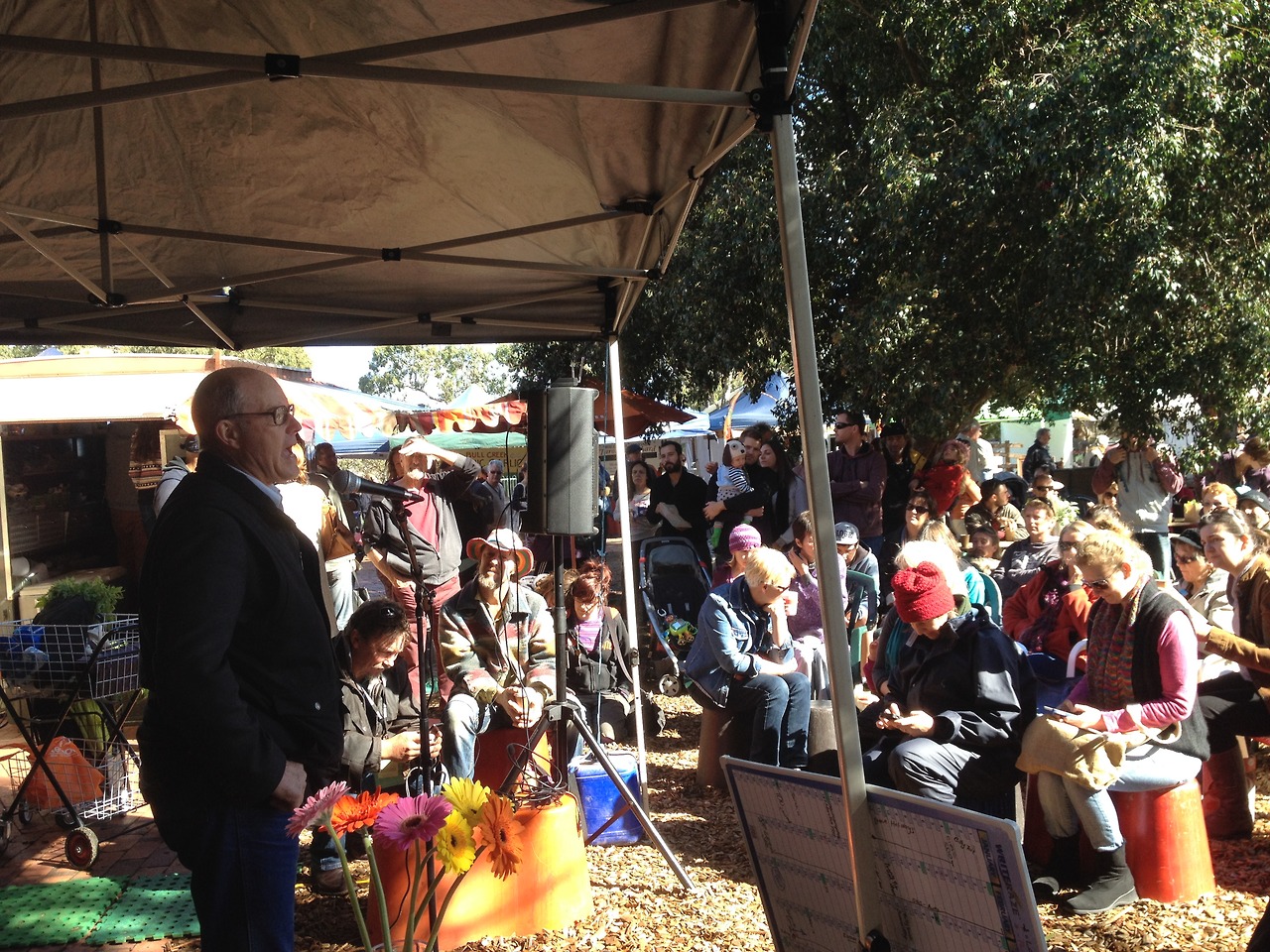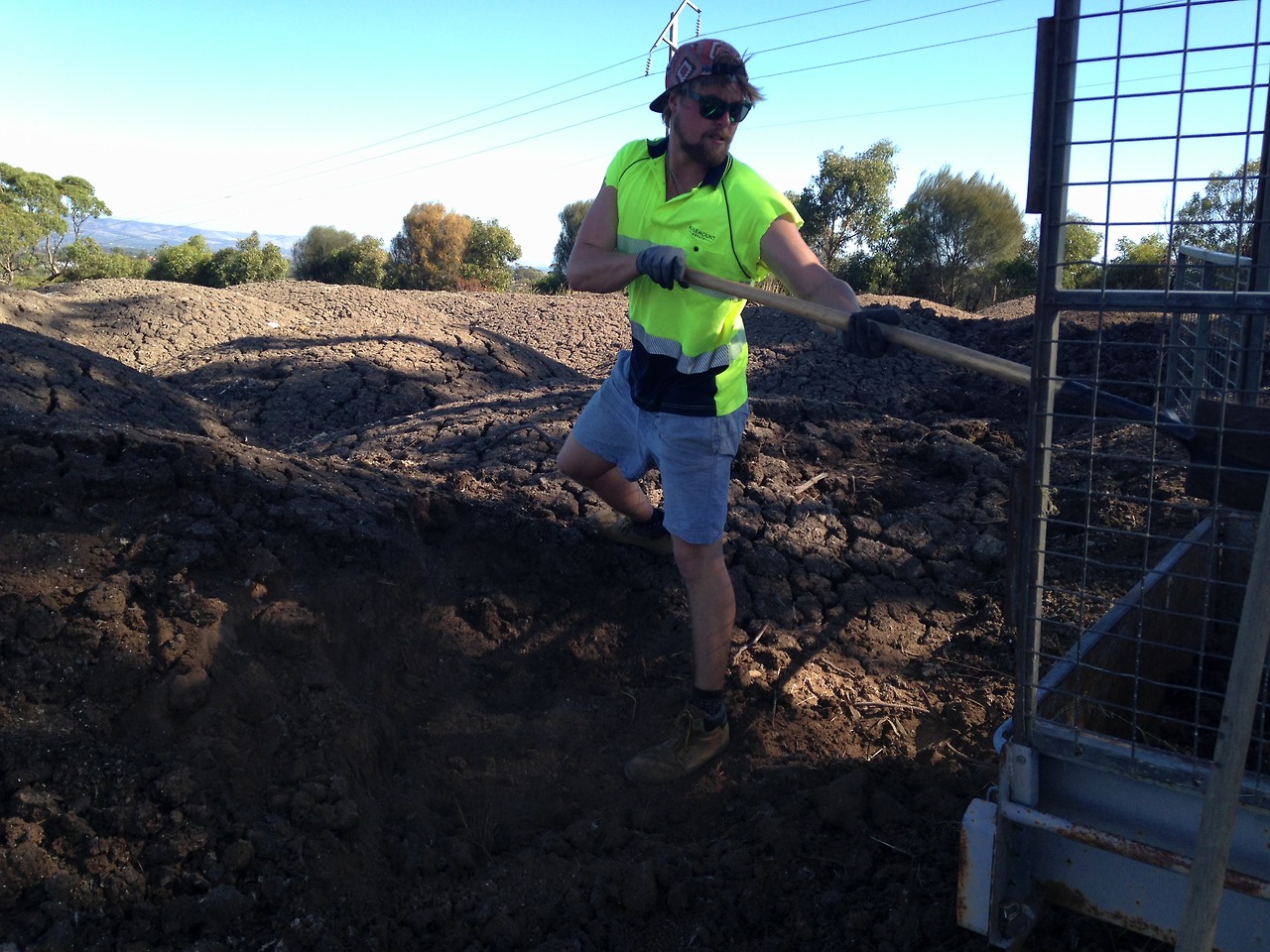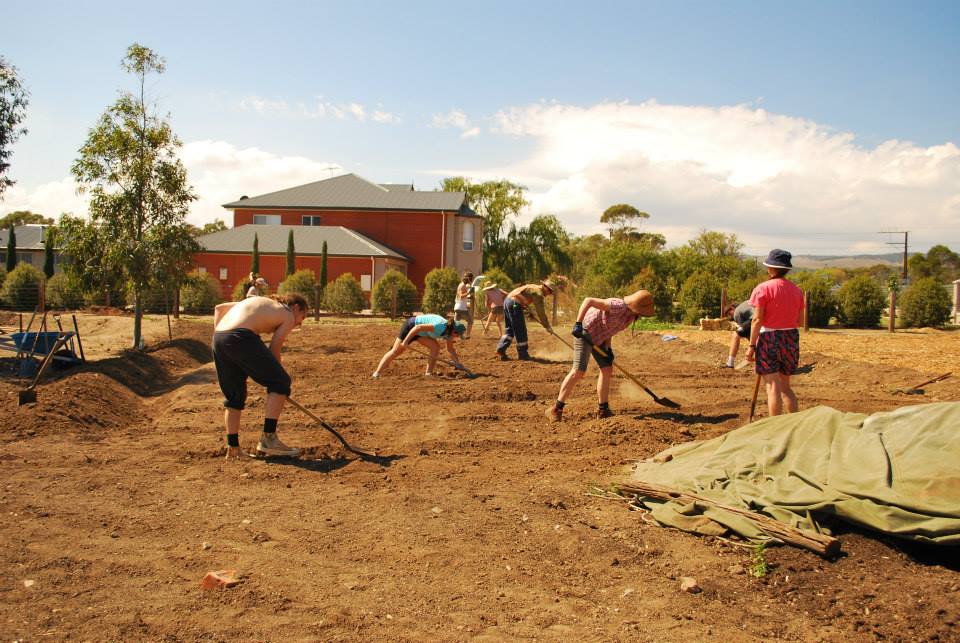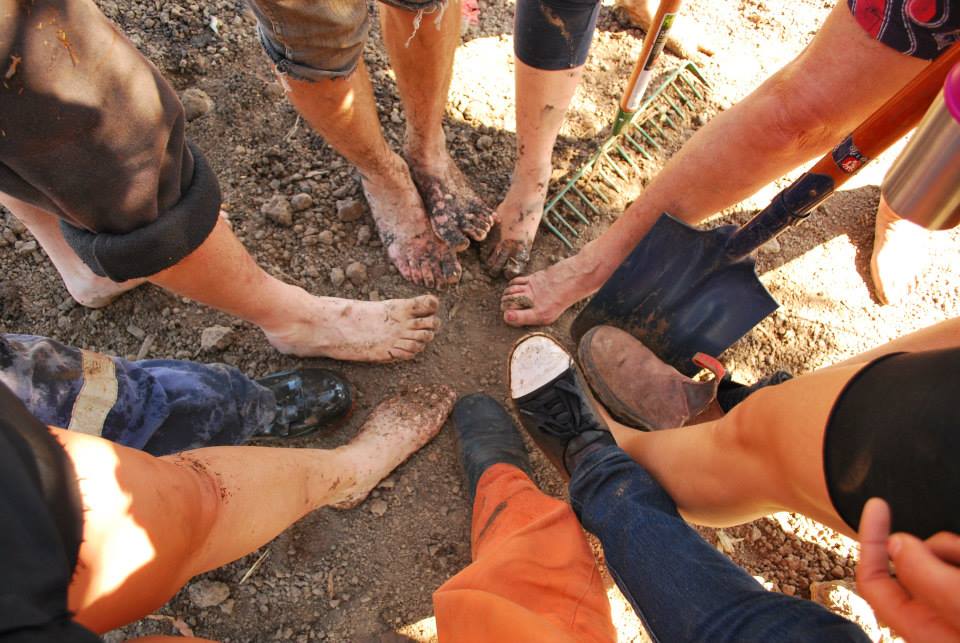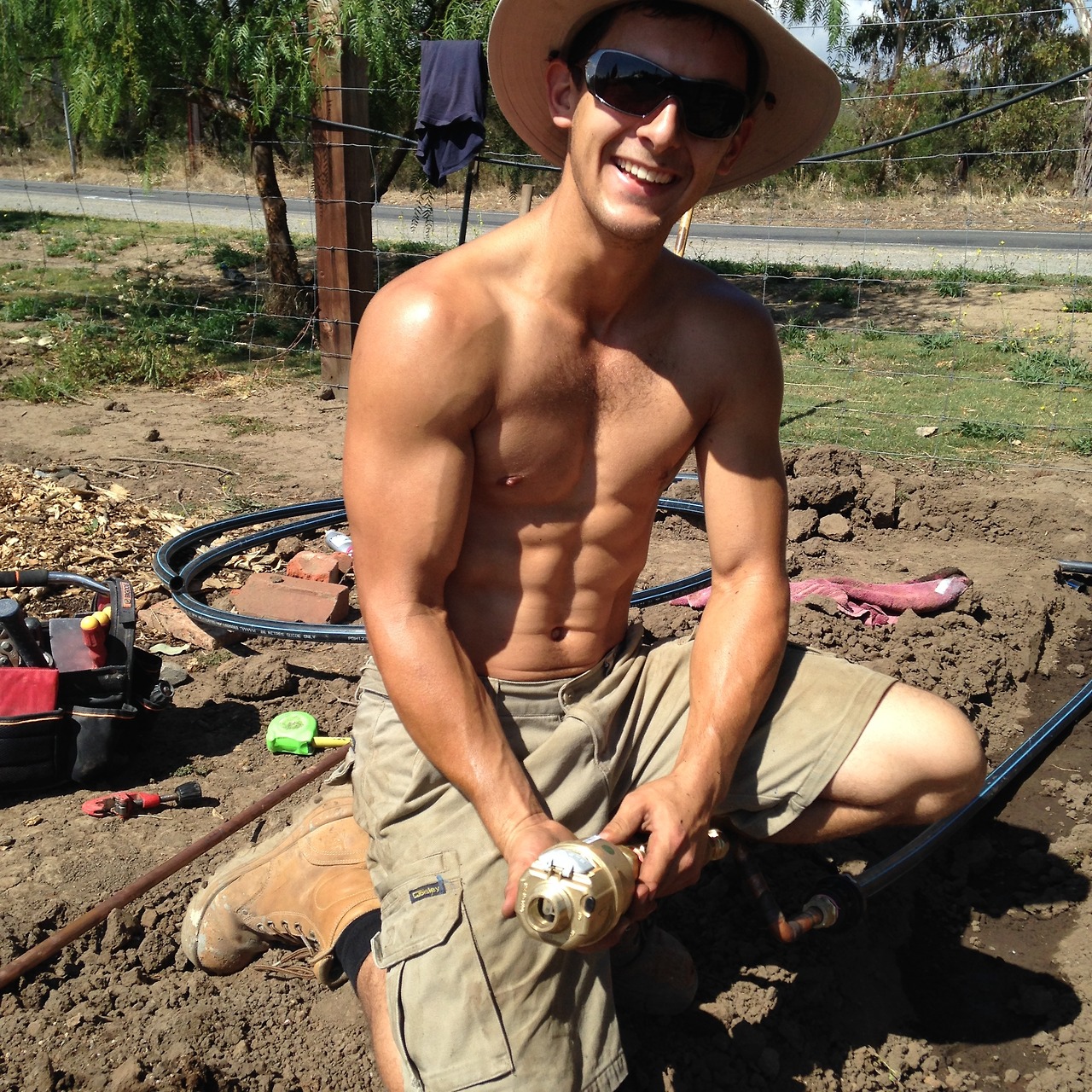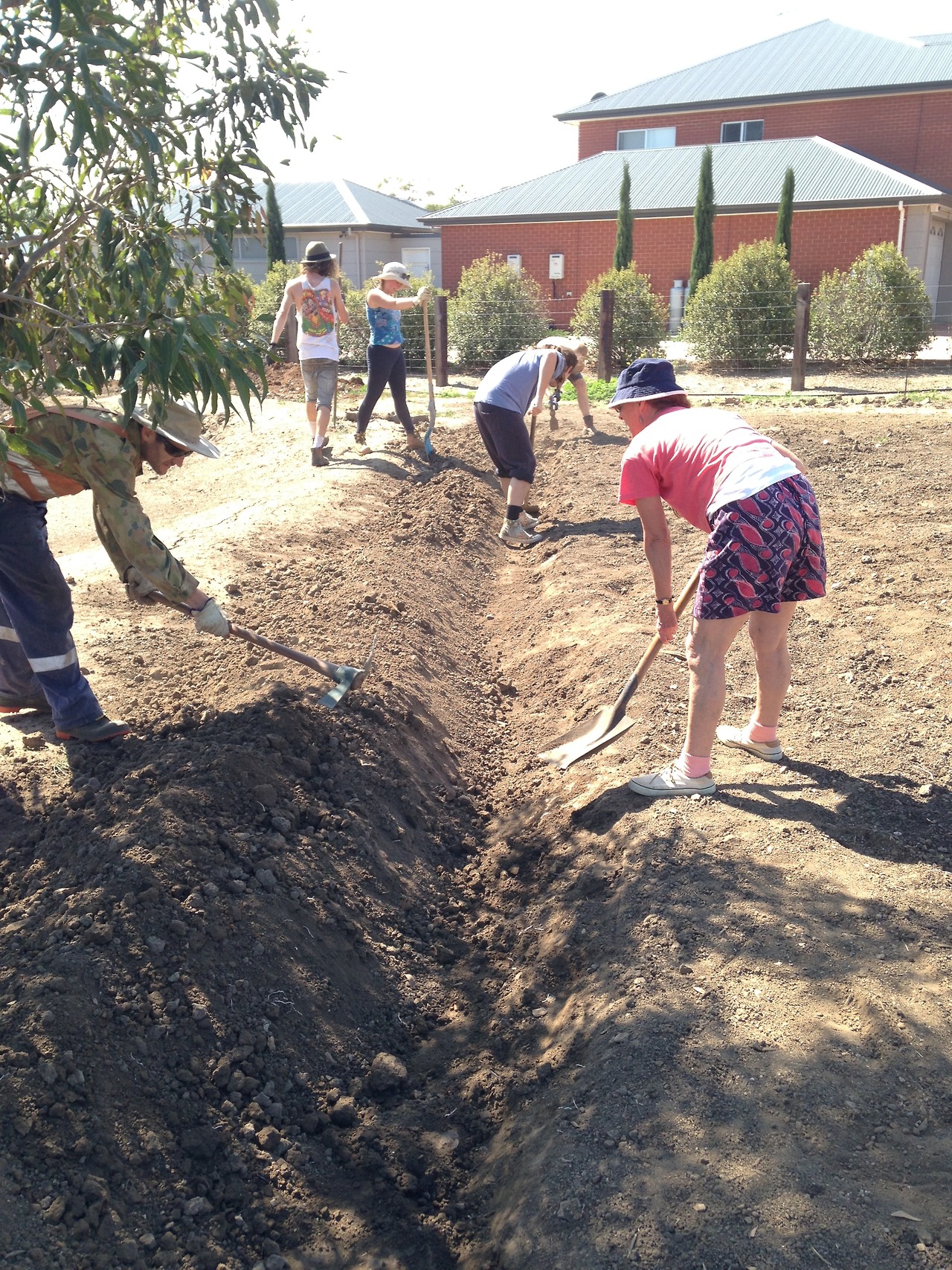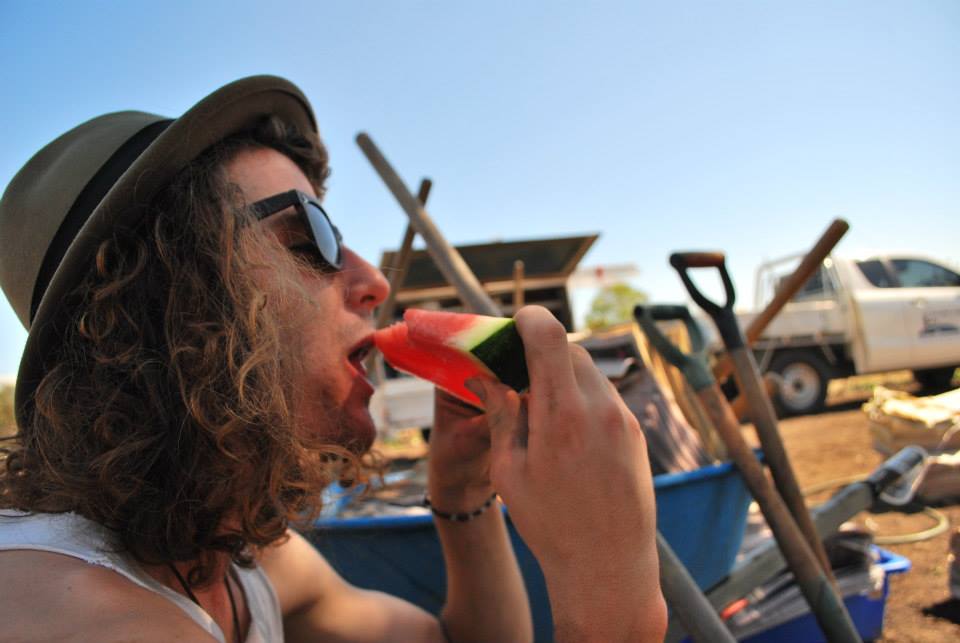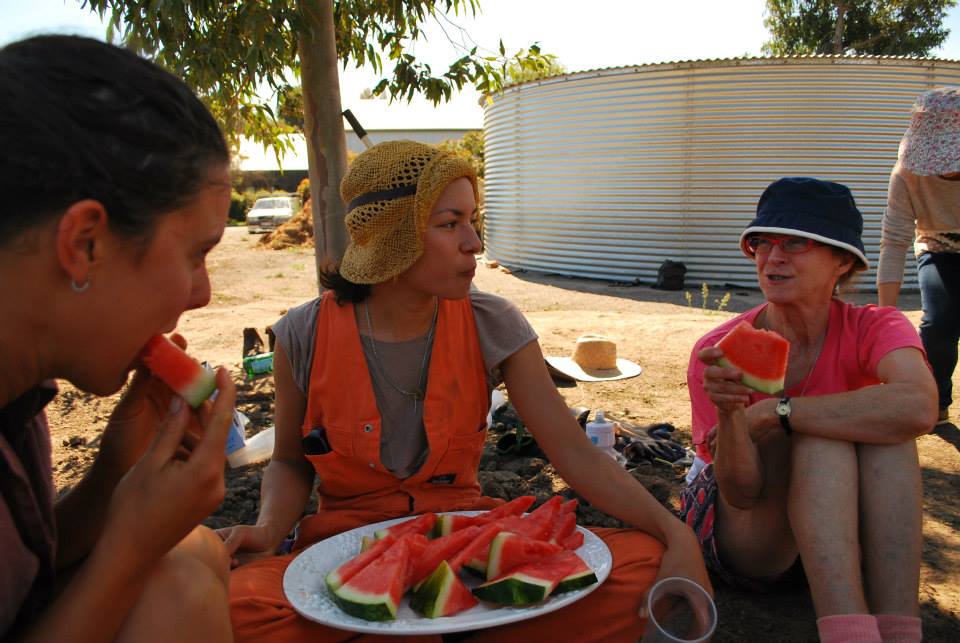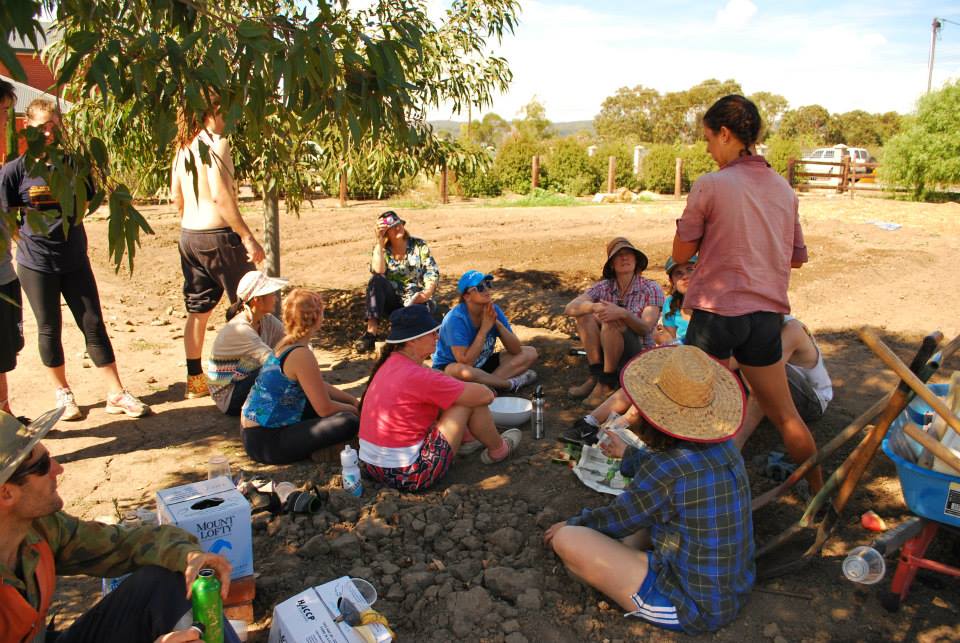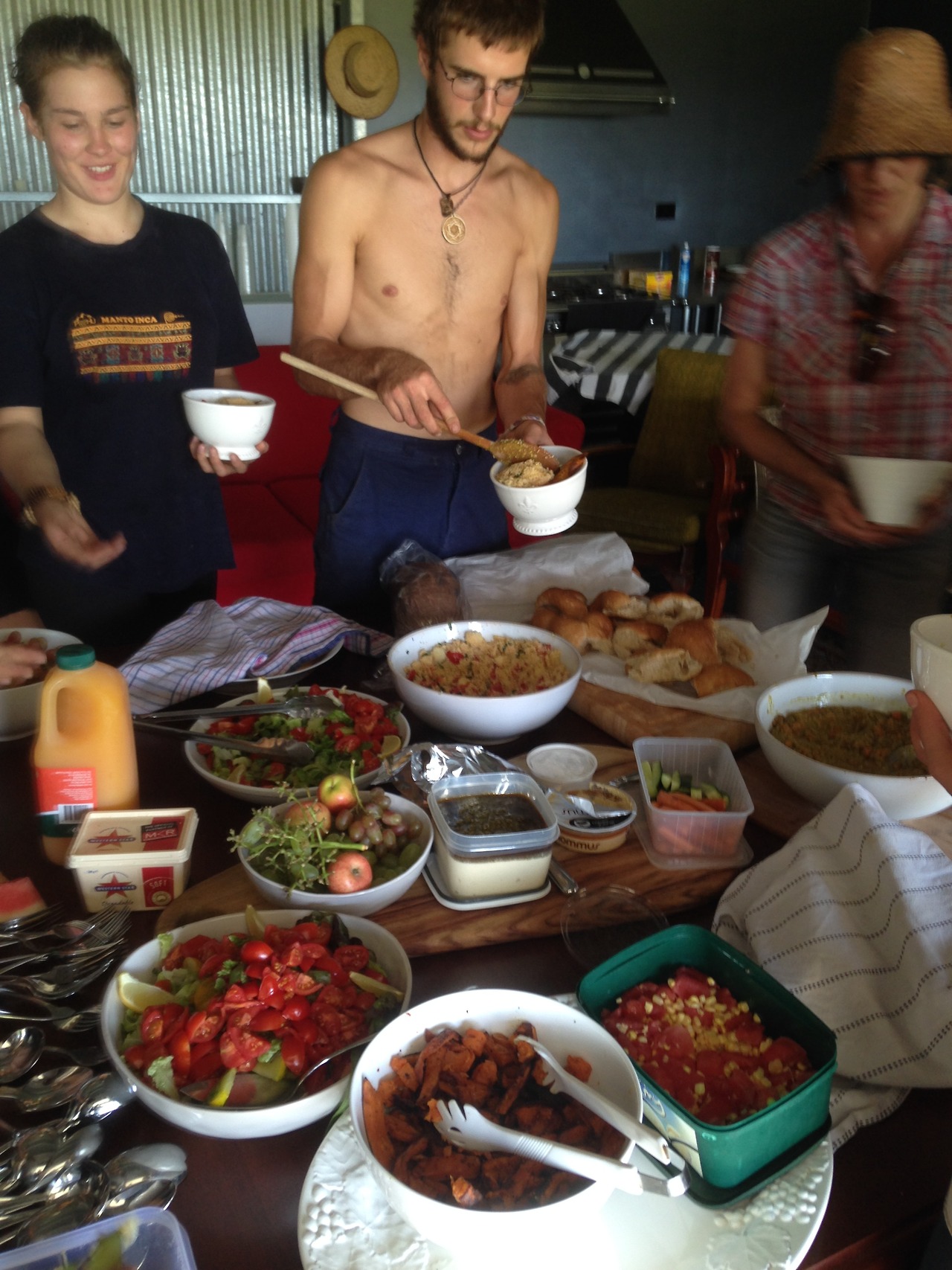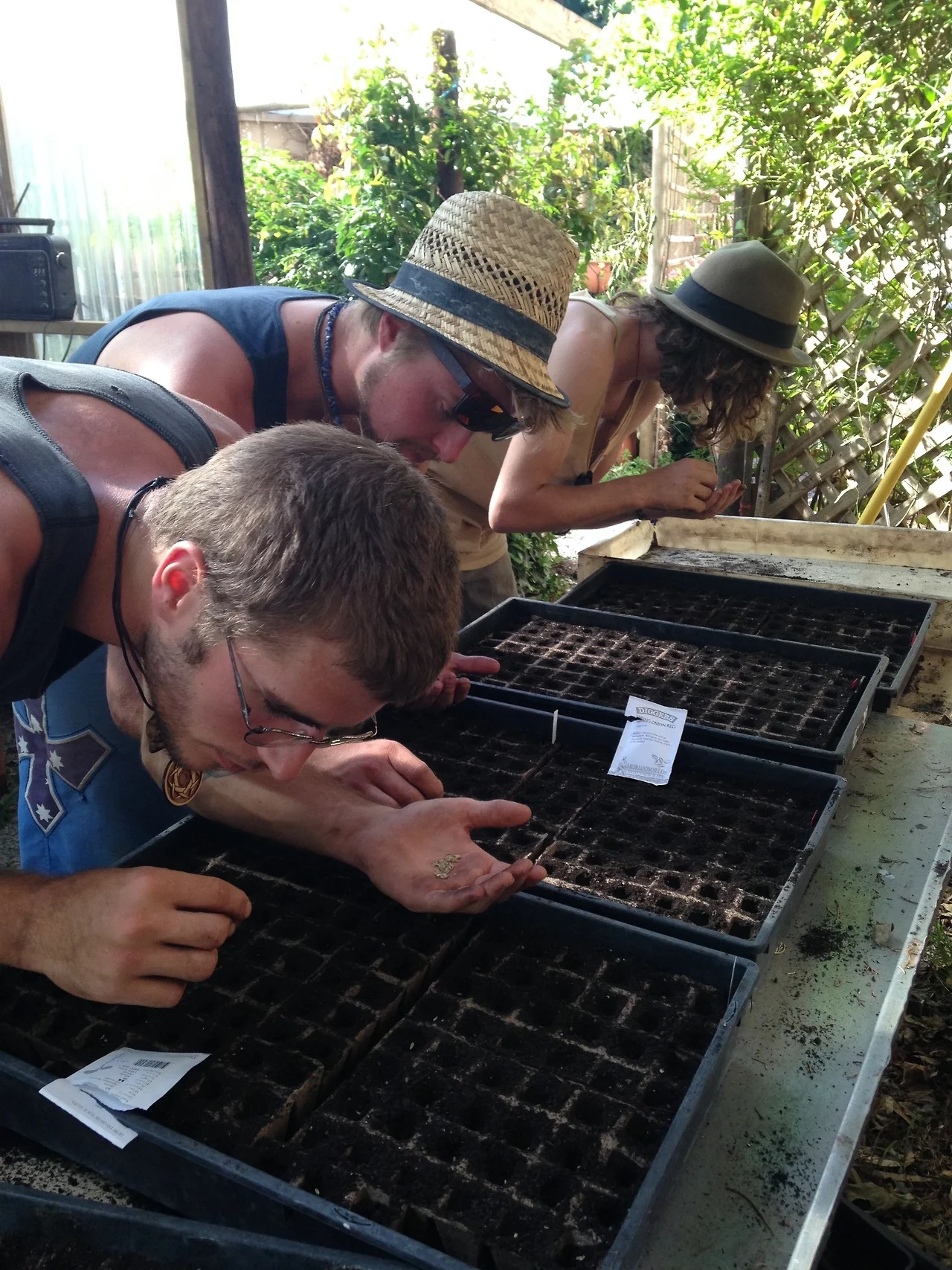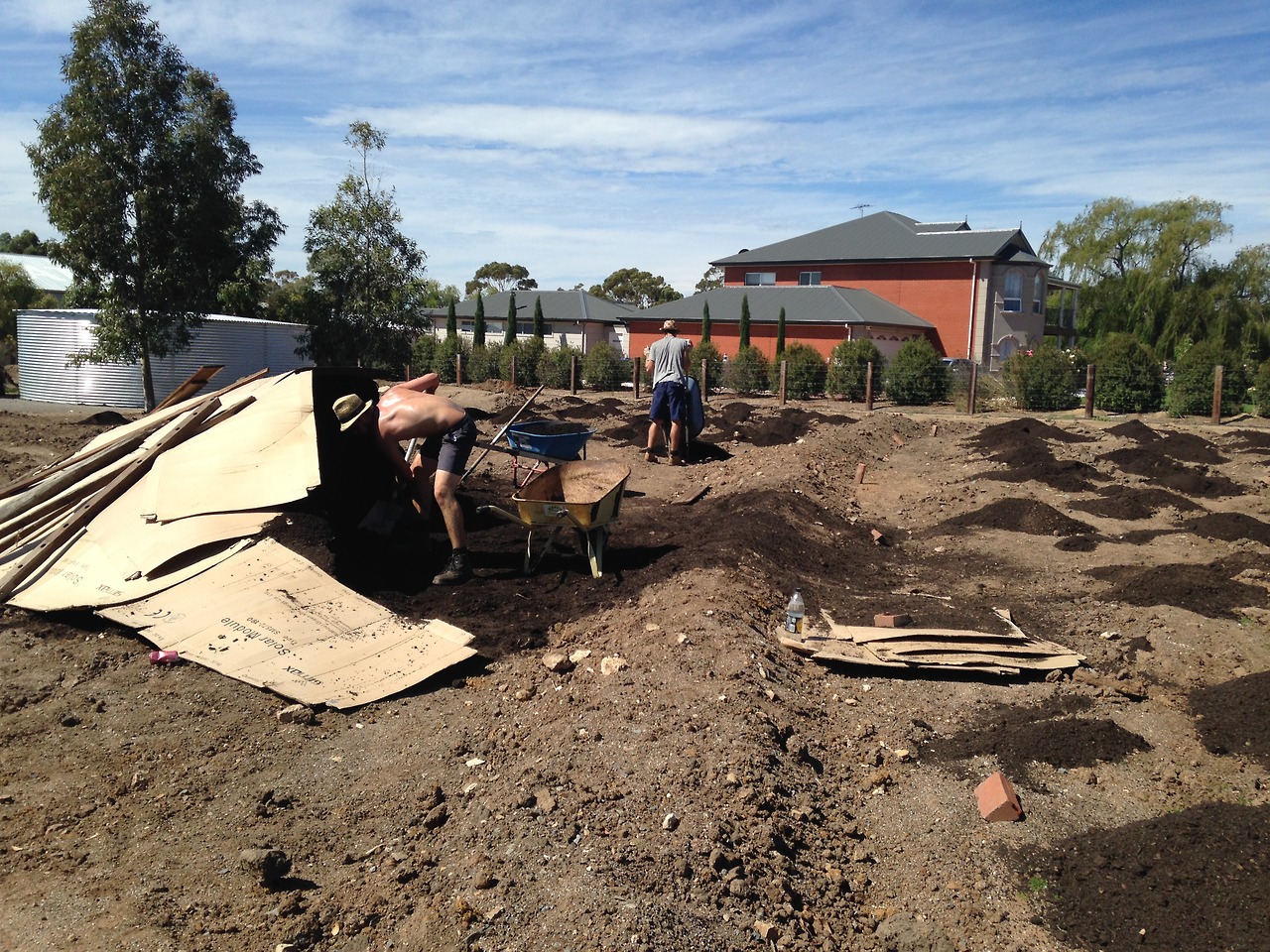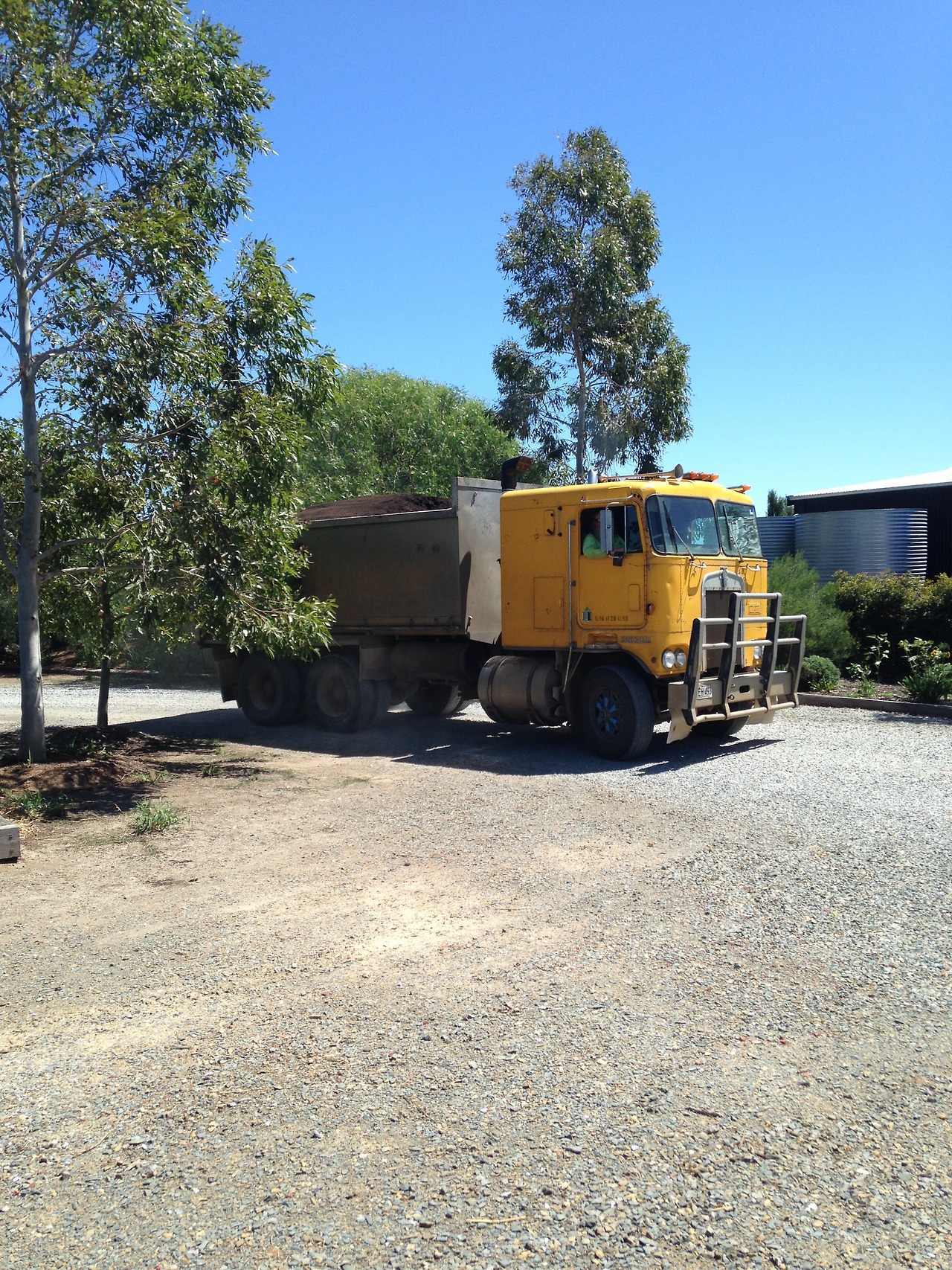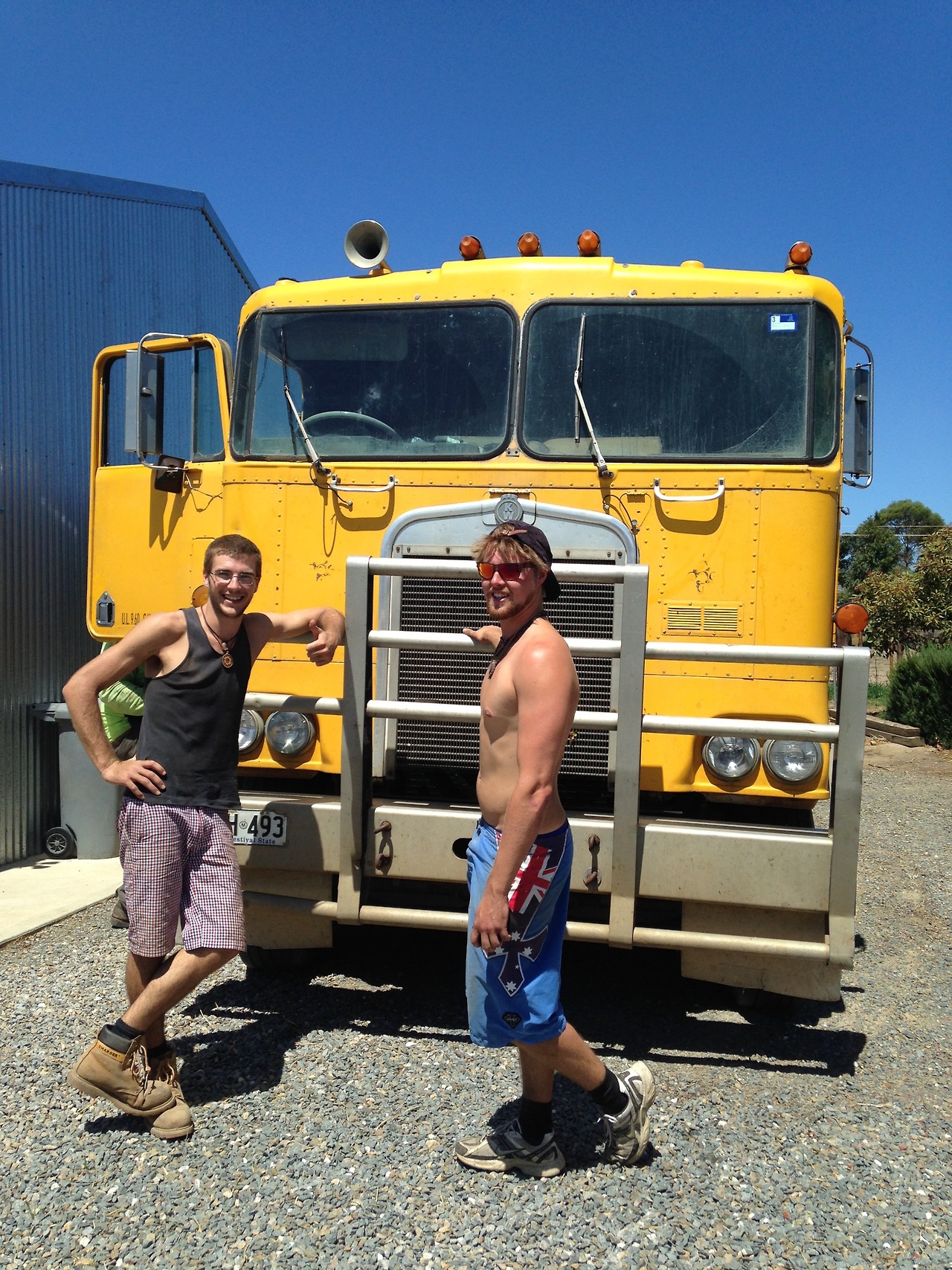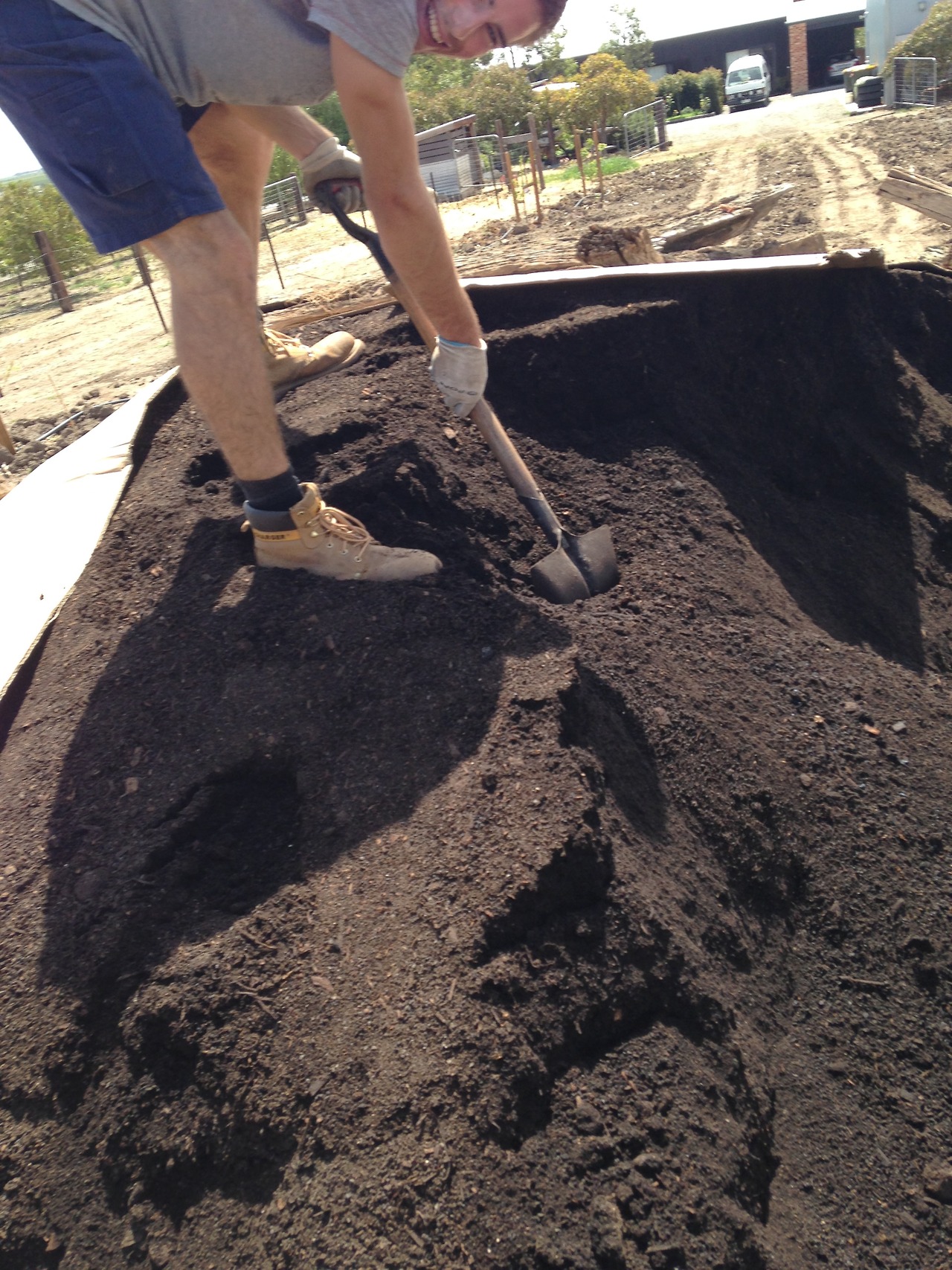I want to take some time to reflect on my past 6 years of farming adventures. It seems like i'm in a dream sometimes, I've found something I love doing and somehow, I've been fortunate enough that I can just keep on doing it. This post is just a summary of these years. I intend to go into more depth as time permits to tell the tales of the key points in my growing life.
How and why did I start growing... ?
My first little garden was at the Willunga Waldorf School. I started at the school in year 5, Which meant, Id actually missed the veggie garden experience that they had in year 3. At this school my friend Kamilah challenged me to eat a little blue flower she had just picked from the garden. I really didn't want to, but after heaps of encouragement I hesitantly ate my first flower, but not before mashing it in my pumpkin soup... (assuming there would be less chance of death by doing so).
It seemed that after the encounter with the flower and the lack of death (!) I became intrigued with the fact that food came out of the ground. I was a timid thing, and so the way that I created that experience of finding out more for myself was to hide it. I wandered into the year 3 garden space and found myself stealing? borrowing? plants that were over crowded. Please note: I had never stolen anything in my life and so, upon reflection, I can see that this strong draw to the plants had me doing whatever I needed to to get my hands on the plants.
So, next, I knew that I had to put these borrowed plants into the ground. I didnt really know where to do this. And just to feel safe, I found a special spot away from the hustle and bustle of school life. The place was behind a shed that was out of bounds. Please note: I also never went out of bounds! I find this hilarious to remember, I was such a good kid, always played by the rules, but for some reason I felt totally ok with my renegade gardening.
Stall at the channon market NSW
Fast Forward 10 years and I was on my way to Northern NSW. I had saved all my gold coins and small notes that I had surplus and had saved up enough for a Permaculture Design Course (PDC) with Geoff Lawton from the Permaculture Research Institute (PRI) in the Channon. I had planned to move back to Melbourne after the 2 week course, but It was two years until I left the Byron Shire. The PDC was life changing. I thought I was going to learn how to grow a vegetable garden, harvest some rainwater and maybe build a chicken coop. I got so much more! I look back on my crammed PDC notebook today and I don't know how it is possible for one brain to take in all that information in 14 days. The course covered everything from evidence to act, the state of the world and why we need to make changes, patterns in nature, landscape zoning for efficiency, garden design, case studies, food forests, animal systems, community structures and more. mind. blown.
The first market garden I ever worked on
Im not joking when I said it was life changing. I stayed at Geoff's farm for 4 months. Working my butt off, feeding, moving and pulling ticks out of animals, planting and harvesting the main crop garden, weeding, making enclosures for animals, harvesting bamboo, planting food forests, maintaining kitchen gardens, controlling pests, marking contours for dams and swales, tanning sheep skins, saving seed, tending the nursery, working with new volunteers, making meals, chop and dropping and so much more.
My earth works course at PRI
Whilst I was at PRI I also attended the Earthworks course. It was amazing to learn the principles of water harvesting using earthworks. Water will always run at 90 degrees to contour, so using this law there is lots that can be done to slow down the flow of water and put it to work along the way. During the course we built dams from scratch, repaired older damns, marked out and dug swales, cleaned old spillways and had a ball playing with big machines.
One of my first jobs on an organic farm, in Byron bay, NSW.
I left the Permaculture farm and started my career as an organic farmer. I worked on 4 different organic farms around Byron Bay. The most notable was 'Organics Fresh and Wild' a 7 acre farm in Tyagarah. This was an old stone fruit orchard that had been converted to veggie production. Here I gained great experience with general day to day farm operations. I started here as a volunteer, but soon I was employed to take a role of volunteer management and helped run the farm whilst the farmer was away at times. I had worked at farmers market before this, But it was working on this farm, harvesting with volunteers, loading the truck early in the morning for market and selling this super high quality organic produce that really got me excited about markets and farming.
The farmers market tall for the farm I worked on
The Byron Bay farmers market and a few other farmers markets became my second home. The atmosphere was electric and contagious and I knew Id found a happy place for life. After two years in Byron I moved back home to Willunga. It had taken me leaving, to actually realise that my home had everything that I loved about Byron, expect the weather, But I love my family more than I love the weather sooooo... Willunga won.
Diana bickfords organic farm in McLaren flat
It was just over 4 years ago now, that I returned home and met Diana Bickford from Bickleigh Vale Farm. She grows amazing certified organic seedlings and also has a market garden on the side. She took me on board and gave me work and more valuable experience in market gardening. Diana reintroduced me to a temperate climate and expanded my farming knowledge by showing me the work of Eliot Coleman, an awesome market gardener from the states. On Diana's farm I learnt a lot more about farming hand tools (The PRI had introduced me to machettes, sickles and rice knives). Farming on a more human scale connected me to the growing process more, and also made the idea of one day running a farm a bit more conceivable.
The photo that started my long time desire to do an organic farmers nude calandar 😉
I had to really face the fact that Im just not the kind of girl that gets excited about makeup, clothes, latest trends or shoes... I get way more excited about finding a rainbow chard leaf that could cover my whole torso! Im totally ok with that.
Starting my own growing ventures in small pieces of land all over Willunga
During the last 7 years Ive moved around a lot. I didn't have a stable home location for longer than 9 months. Its because of this that Ive seen many little gardens flourish for one or two seasons before I leave them behind to start another in another place.
The green room garden
I grew a few gardens on the main street of Willunga. This was an amazing (unintentional) social experiment. For the most part the veggies that were grown on the footpath were very well respected! only occasionally I would find someone sneaking a cheeky taste of a tomato! I loved the reactions of people walking down the street. It brought so much joy and excitement when they realised it was food they were looking at.
Garden at blue doors on the mains street of Willunga
I adore gardening in small places, I find high density, multi species planting to be so rewarding and beautiful.
I grow anywhere I can
I plant food where ever I can. I made these little nooks and crannies into flourishing salad bowls.
A make over This is in my families back yard. It now has herbs and greens available all year round.
My family moved into a new house and the first thing I had to do was pull convert the existing garden plot into a place suitable for produce.
My first harvest from my own farm for Willunga Farmers Market
It is this happy memory that I will leave you with. This was my first harvest on the farm that I started with my brother Alex. This was the first time I was going to sell my own produce at a farmers market. I look back now and can hardly believe that I have had all of these incredible experiences (and lots more). I feel blessed to be where I am now. Im learning every day, enjoying the challenges and successes of growing produce, I have no doubt that this is something that I will do in some way for the rest of my life. There is nothing more rewarding or nourishing than being able to GROW FOOD!
